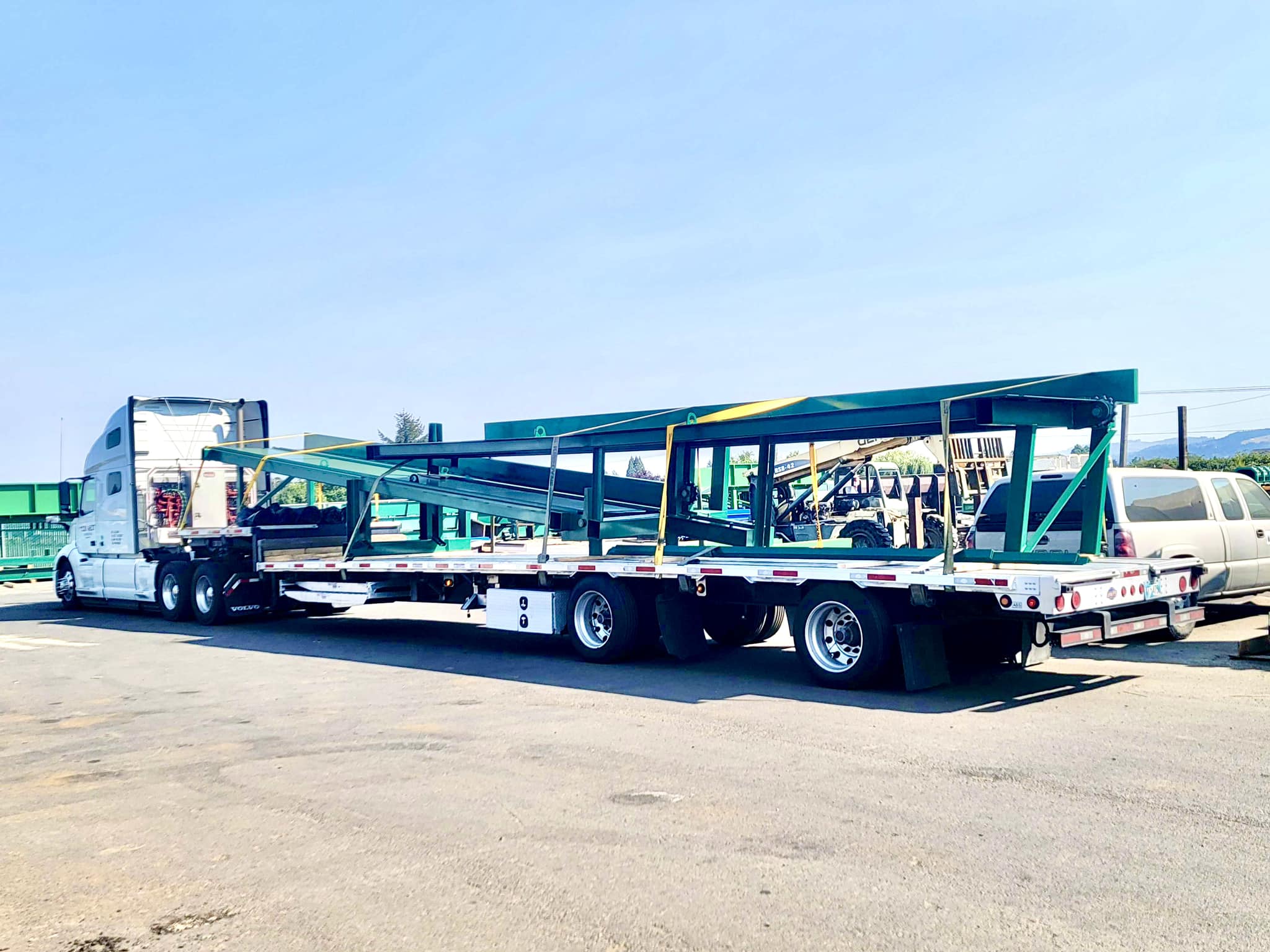
Introduction to Flatbed Transportation
Transportation has always been an essential cornerstone of civilization, ensuring that goods, materials, and products reach their desired destinations. Within the vast spectrum of transportation methods, flatbed transportation has carved a niche for itself, becoming an indispensable asset to various industries. This mode of transportation, characterized by its open and flat level bed with no sides or roof, is uniquely equipped to handle a diverse range of cargo types.
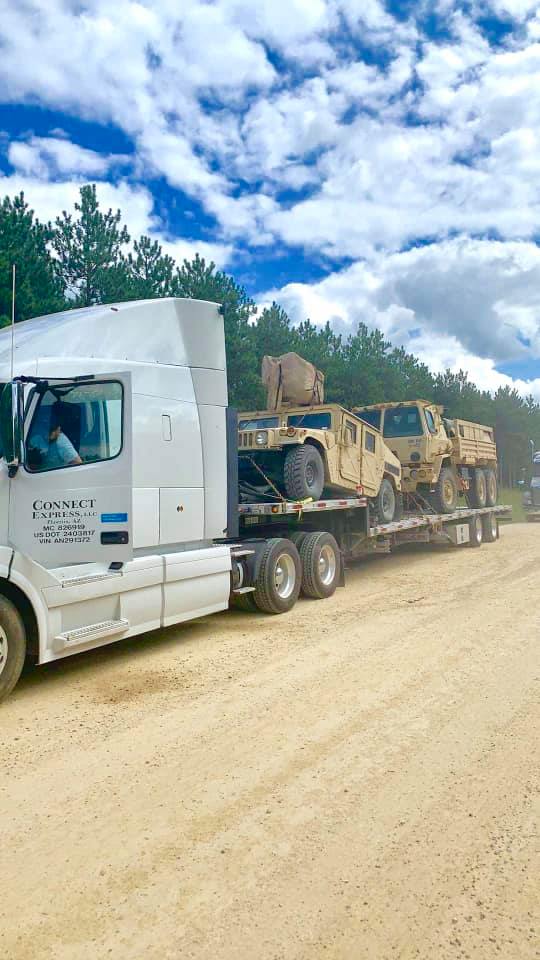
Truck driver jobs near me
What is Flatbed Transportation?
At its core, flatbed transportation refers to the use of flatbed trucks or trailers specially designed to transport cargo that doesn’t fit well in a typical enclosed truck. These trucks lack sides and a roof, thus providing the flexibility needed to haul large, heavy, or irregularly shaped items. The design simplicity of flatbed trucks, though it might seem basic, caters to a wide variety of logistical challenges.
The flat surface allows for easy loading and unloading, particularly with equipment like forklifts or cranes. The absence of walls or ceilings means there are fewer constraints related to the size or shape of the cargo. This makes flatbeds especially valuable for items such as construction machinery, large industrial equipment, lumber, and even prefabricated homes.
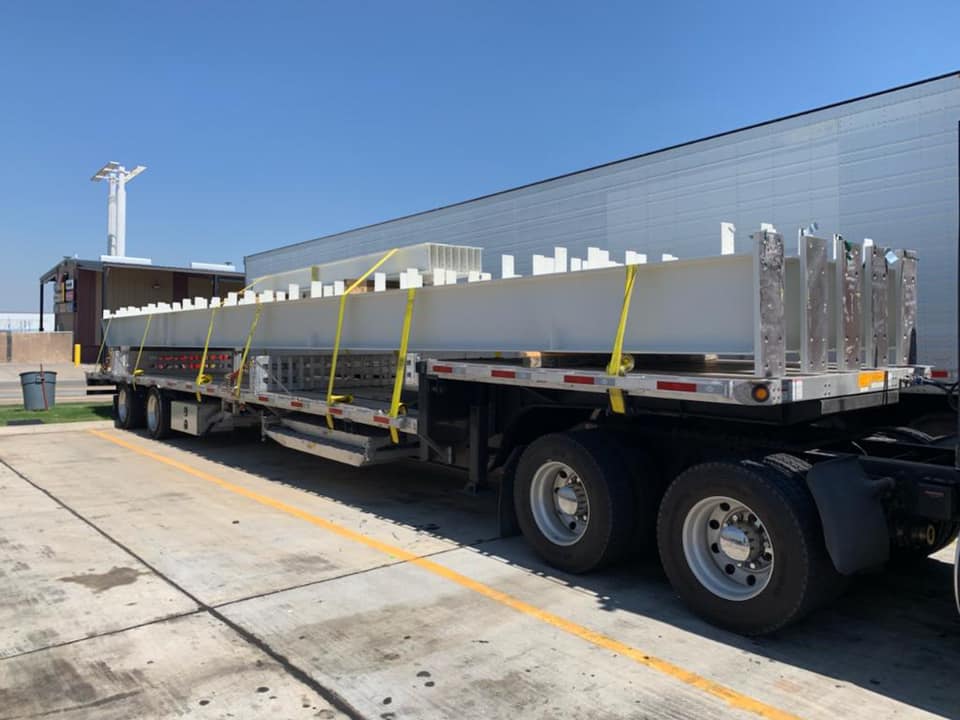
cdl a jobs near me
The Importance of Flatbed Transportation in the Logistics Industry
The logistics industry, which thrives on the timely and efficient movement of goods, often encounters unique challenges. Some goods are too bulky for traditional trailers; others might be too long or tall, and some require rapid loading and unloading. This is where flatbed transportation becomes a game-changer.

truck jobs near me
In conclusion, flatbed transportation, with its unique design and capabilities, fills a critical gap in the logistics industry. It ensures that even the most challenging cargo can be transported efficiently and safely, making it a vital cog in the vast machinery of global trade and commerce.
History of Flatbed Transportation
Transporting goods and materials has always been fundamental to human progress. Over time, the methods we’ve employed have grown and evolved in tandem with our technological advancements and societal needs. Let’s take a moment to journey back through history, tracing the lineage of flatbed transportation and understanding its evolution.
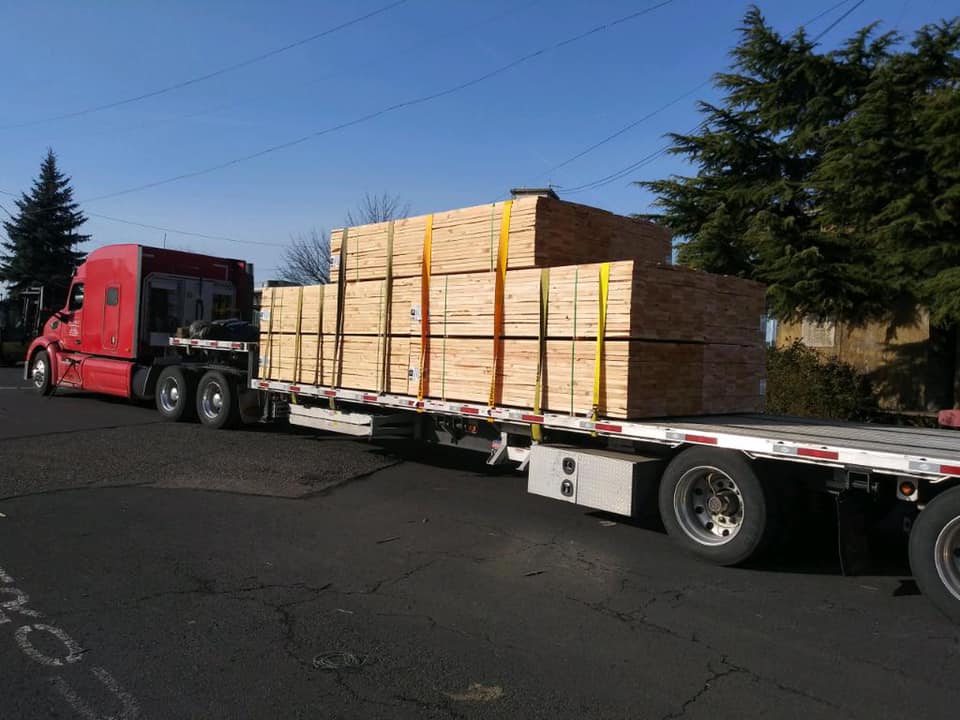
FlatBed transportation
From Horse-Drawn Wagons to the Advent of Motorized Vehicles
In the beginning, before the roar of engines and the hustle of modern highways, there were horse-drawn wagons. These wagons, simple yet effective, served as the backbone of cargo transportation for centuries. With a flat surface, often made of sturdy wood, these wagons bore remarkable similarities to today’s flatbeds. Their primary purpose? To carry a range of goods, from agricultural produce to materials for building and trade.
As time rolled on, the world witnessed a significant transition. The dawn of the 20th century brought with it the age of motorization. Now, instead of horses, powerful engines propelled vehicles forward, allowing for more substantial and more varied cargo loads. This shift wasn’t just about speed and power; it marked a transformative period where transportation methods were rapidly adapting to the ever-growing demands of industry and commerce.

Historic Flatbed Transportation
The Birth of the Modern Flatbed Truck
With motorization came a plethora of innovations. One such innovation was the flatbed truck. Drawing inspiration from its wagon ancestors, the flatbed truck was designed with a simple yet highly functional flat surface. However, this wasn’t just a flat wagon with an engine. Technological advancements meant these trucks had stronger materials, enhanced load-bearing capacities, and the ability to traverse longer distances with ease.
Throughout the 20th century, as industries grew and infrastructural projects expanded, the flatbed truck began to cement its position as an indispensable asset in the world of logistics. Its design allowed it to transport large machinery, construction materials, and other oversized items that traditional trucks couldn’t accommodate.
Experience the Connectexpress LLC Flatbed Solutions Below!
Milestones that Defined the Flatbed Industry
Reflecting on the evolution of flatbed transportation, several key events and milestones stand out:
In conclusion, the journey of flatbed transportation is a testament to human ingenuity and adaptability. From humble beginnings with horse-drawn wagons to the technologically advanced trucks we see today, flatbeds have always been at the forefront, ensuring goods are transported efficiently and reliably across the landscape of time.
What Sets Connectexpress LLC Apart
Transport leadership for a new generation
Experience the future of logistics with ConnectExpressLLC’s advanced equipment, efficient trailer fleet, and innovative digital platform – elevate your transport game now!
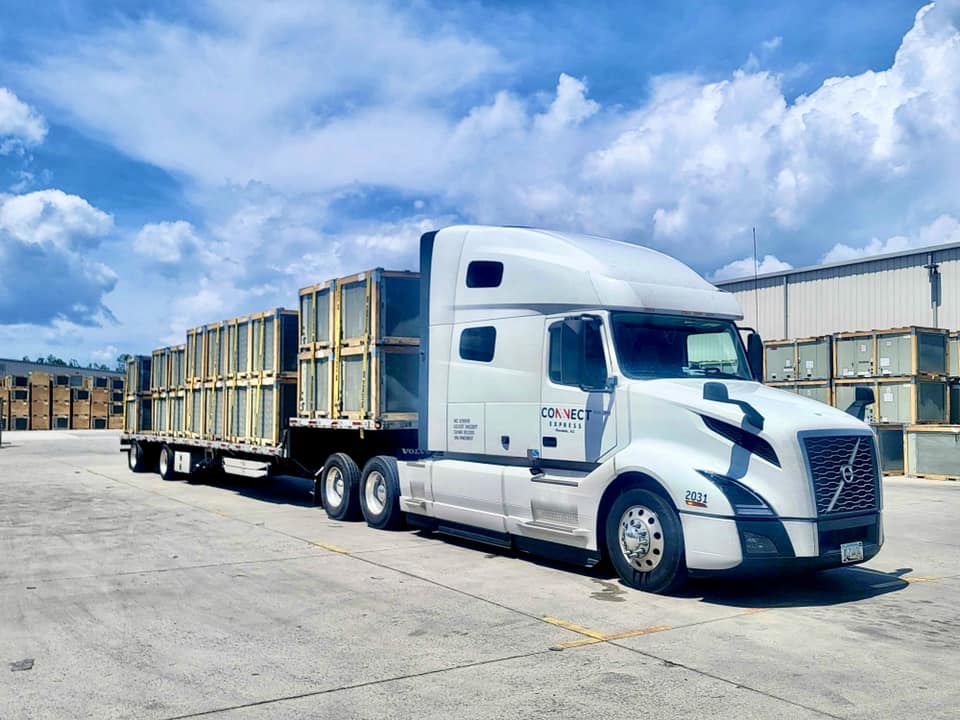
Compliance rate
On-Time Delivery Rate
Safety Rate
Compliance rate
On-Time Delivery Rate
Safety Rate

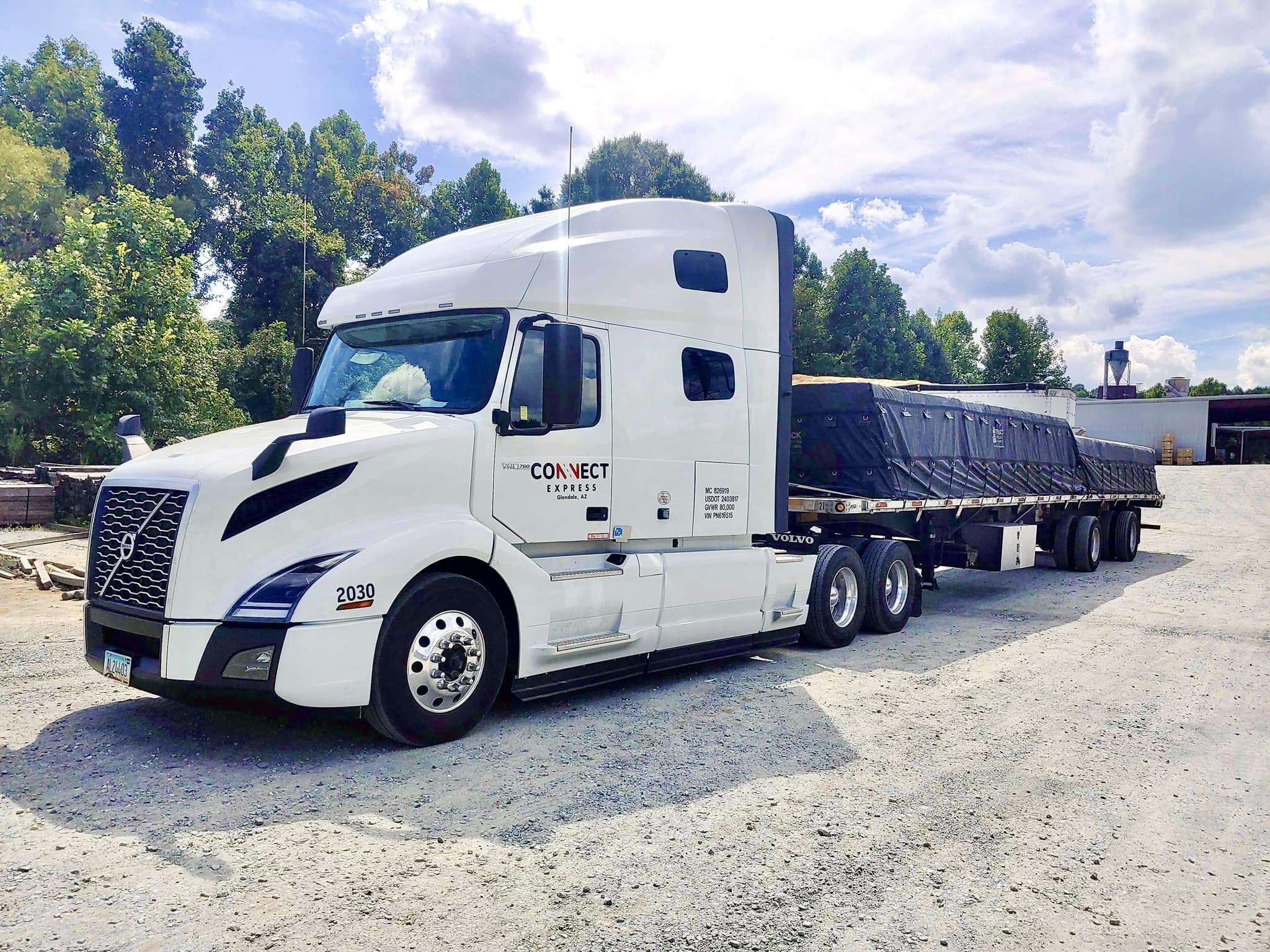
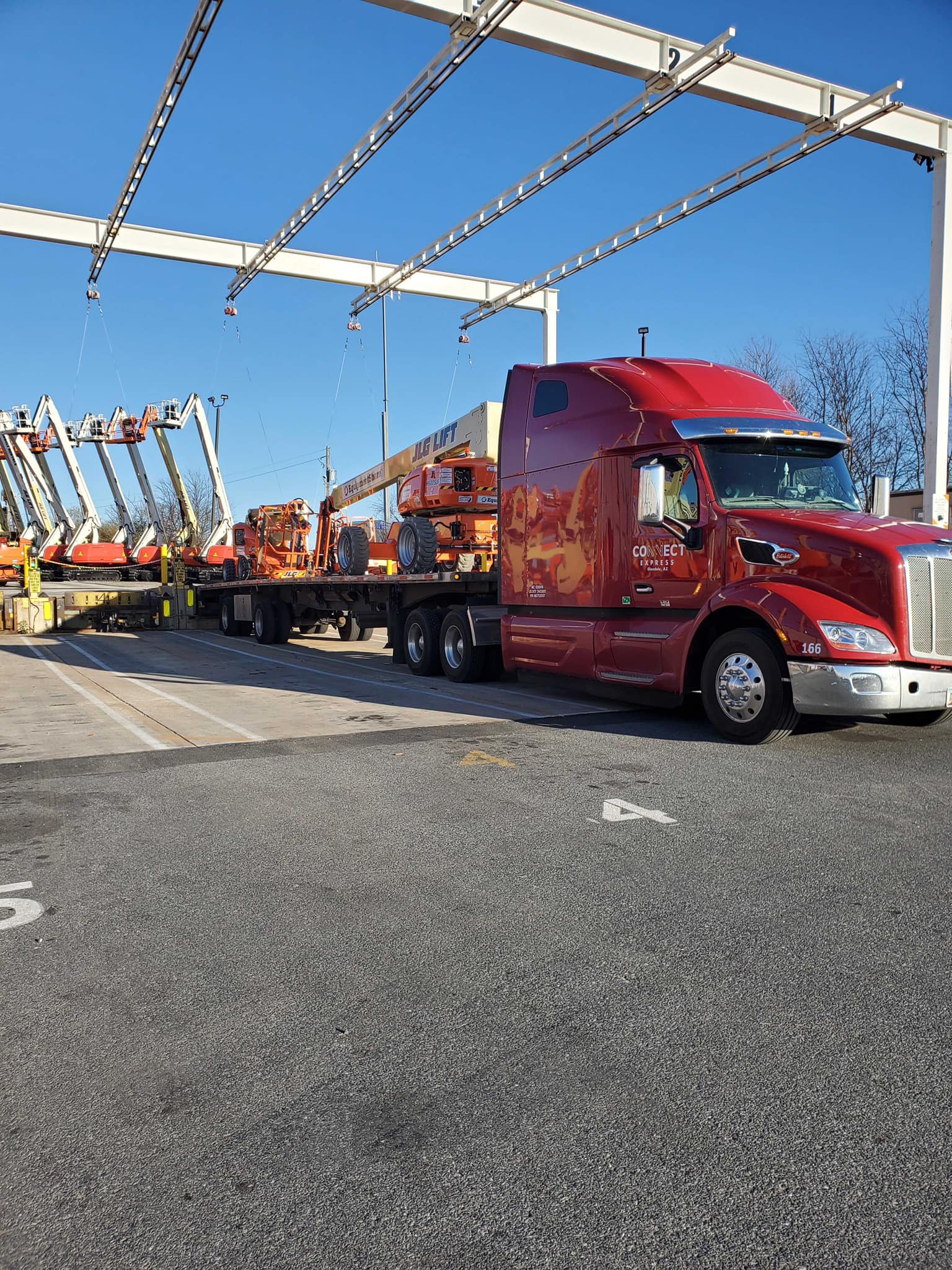
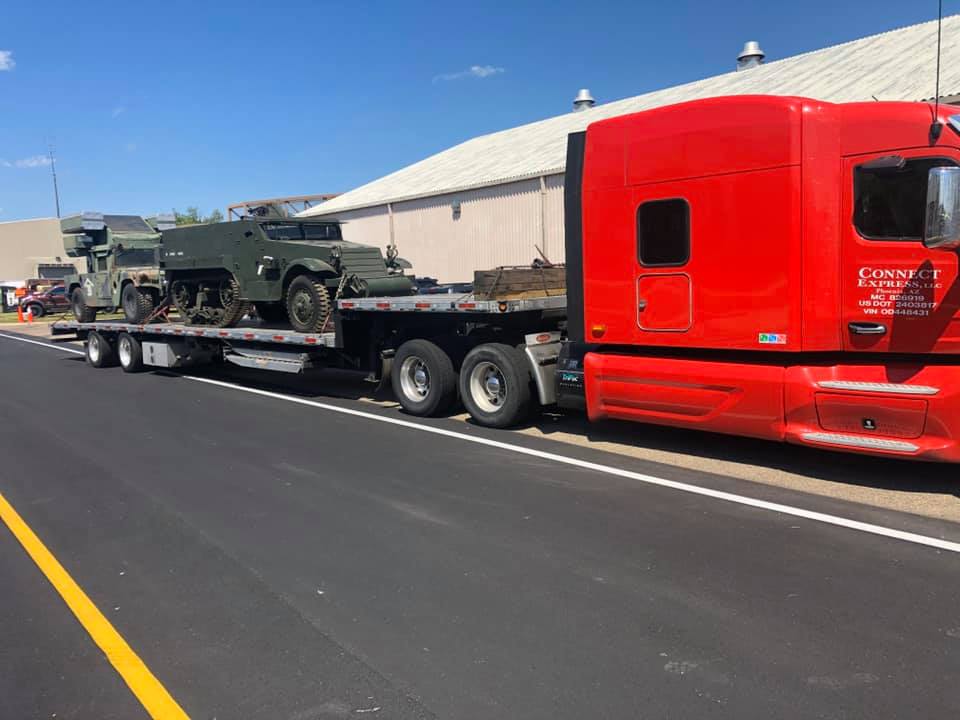
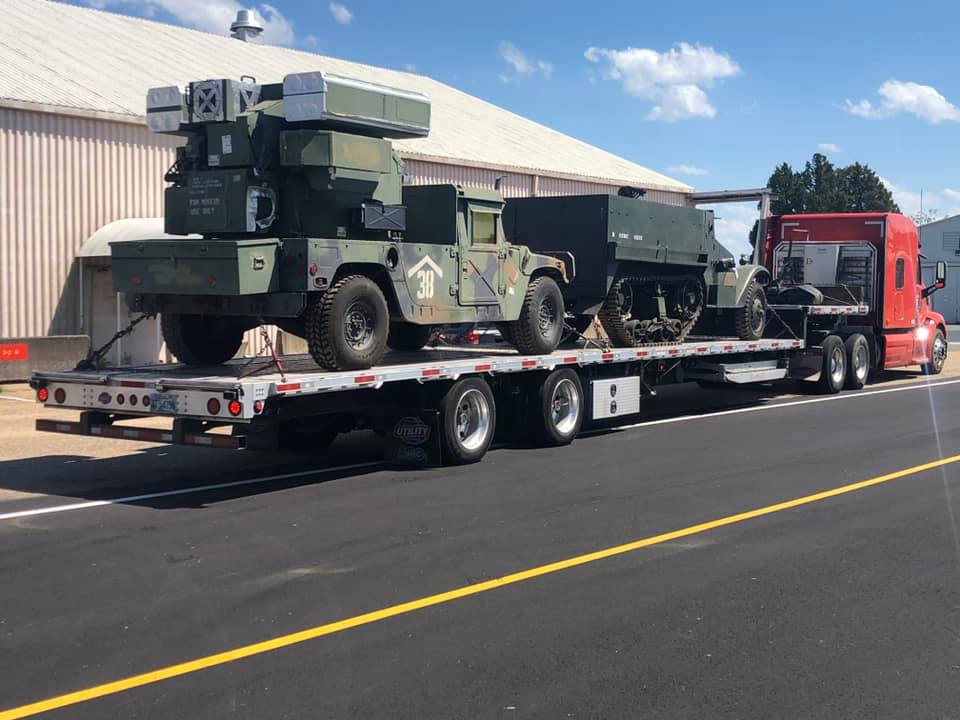
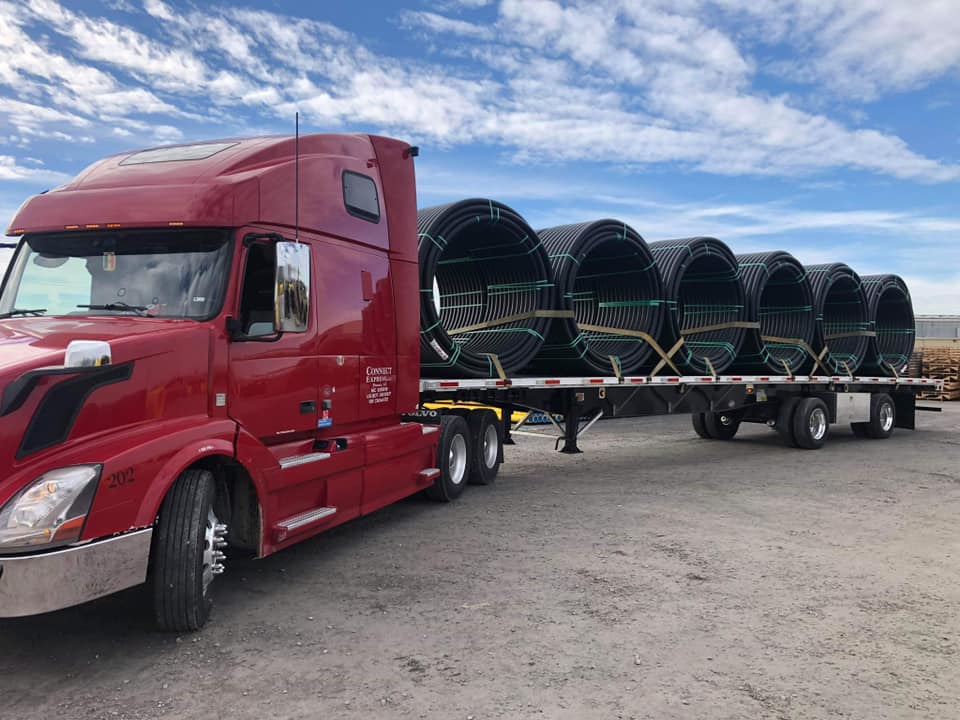
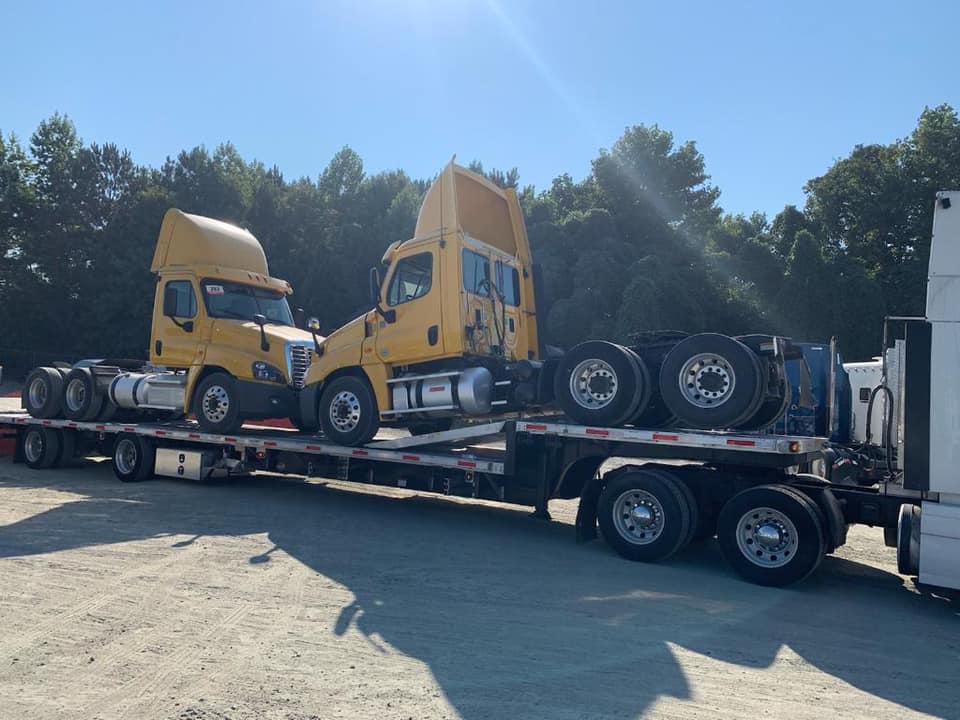
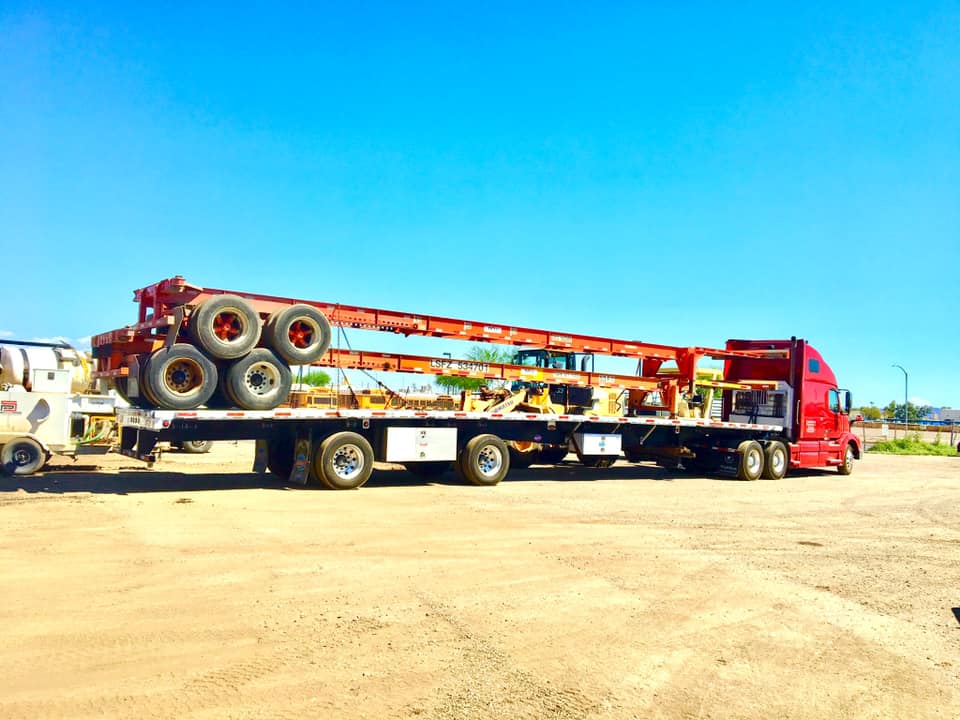
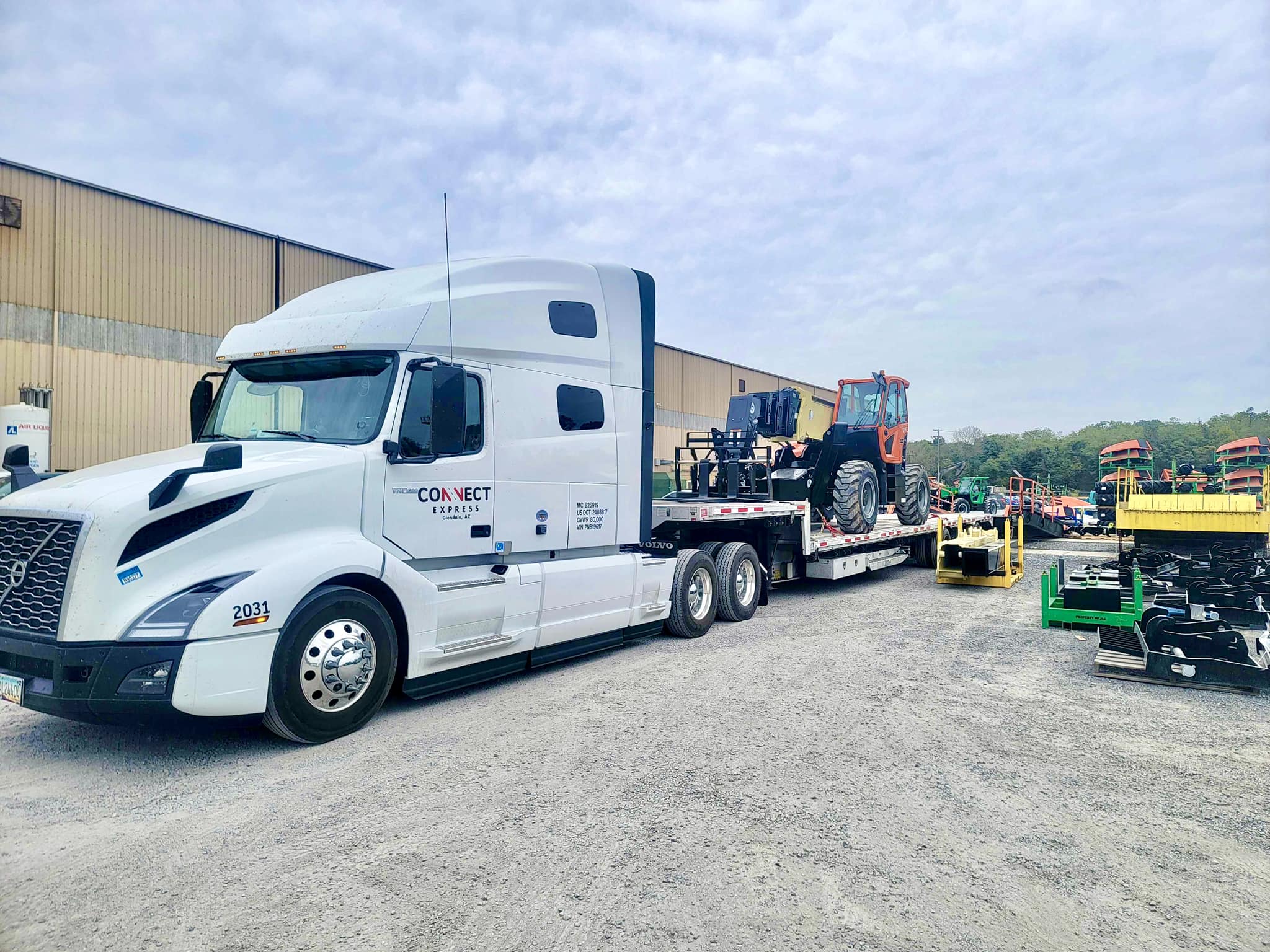
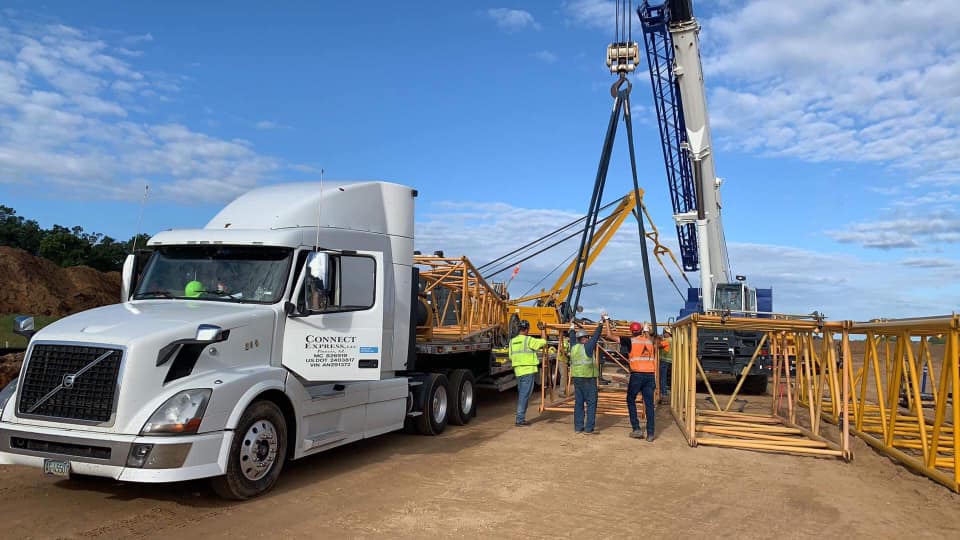

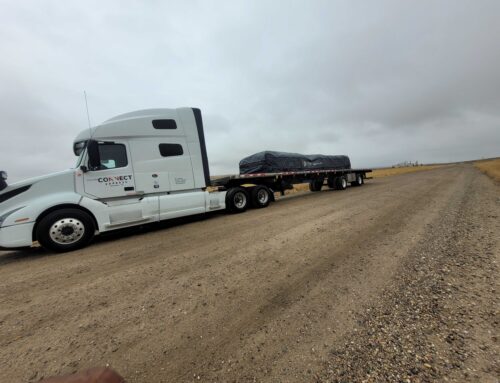
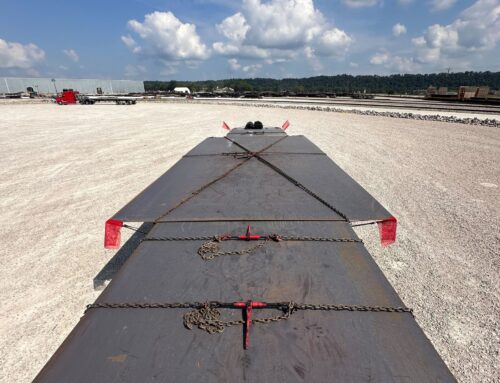
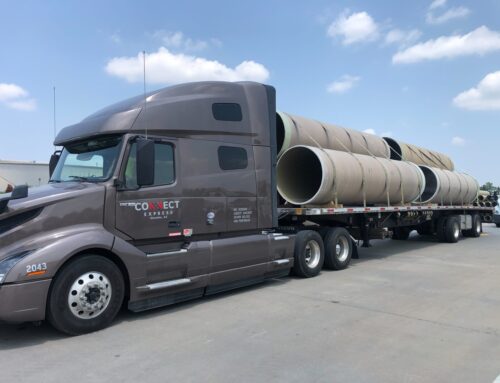
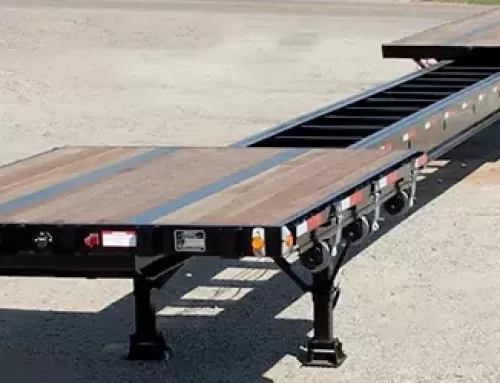
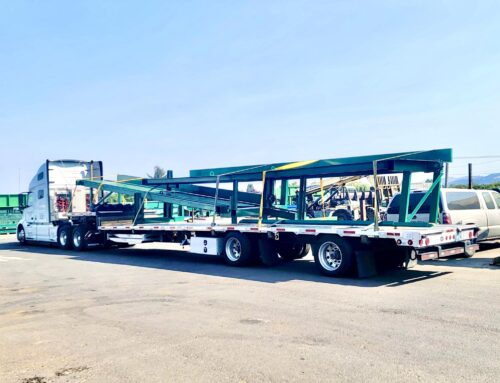
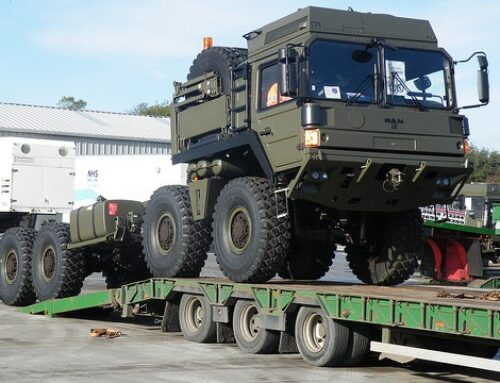

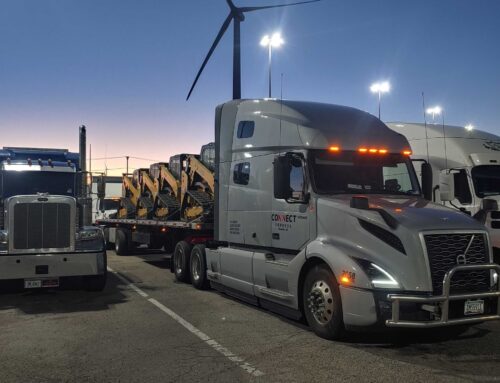




[…] necessary tools, positioning Connect Express LLC at the forefront of cargo safety excellence in the flatbed trucking industry. This training ensures that from loading to delivery, your cargo is managed by […]
[…] transportation industry is the backbone of the United States economy, with flatbed trucking being a critical segment within this sector. Owner-operators in trucking are faced with a unique […]
[…] the realm of flatbed trucking, the regulatory landscape for wide load permits is not uniform across all states. Each state […]
[…] embedded in the intricacies of the global supply chain, flatbed trucking in particular showcases an unparalleled flexibility and capability. Representing a […]
[…] a common reaction among professionals in the flatbed trucking industry, where rigorous scrutiny is part and parcel of the operational landscape. Regardless, the […]
[…] the realm of flatbed trucking, effective logistics management is the backbone of a successful oversize load transportation […]
[…] penalties. Compliance with the Department of Transportation (DOT) regulations is mandatory for all flatbed trucking professionals transporting steel […]
[…] top professionals in the USA offer unparalleled expertise, ensuring efficiency and safety in your flatbed trucking […]
[…] regardless of the distance, thanks to our reliable and secure shipping and freight services. Flatbed trucking, critical for long-haul logistics, relies on precision and reliability to manage complex […]